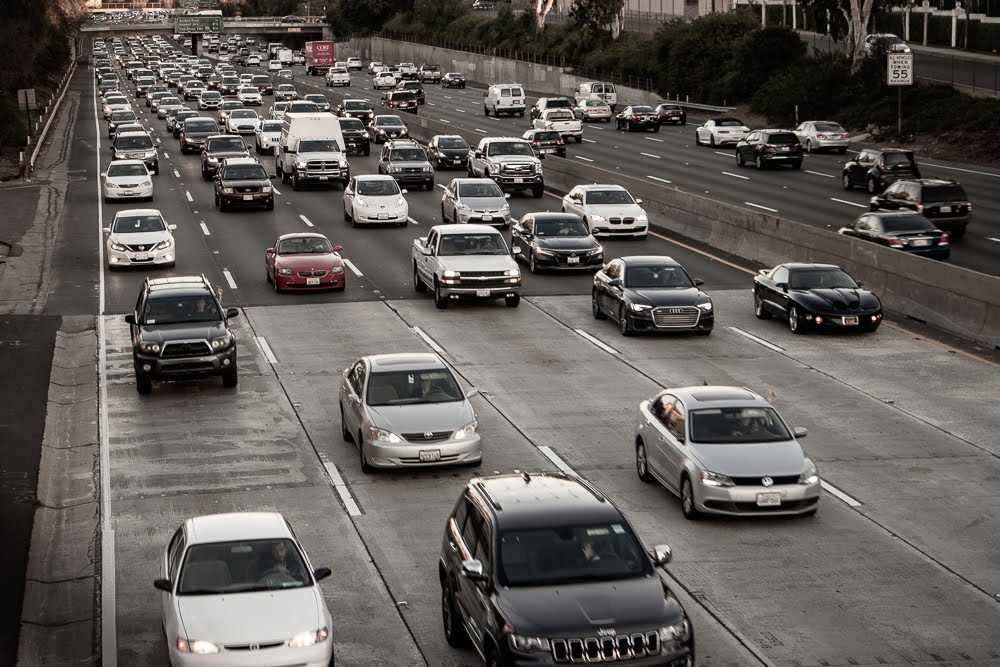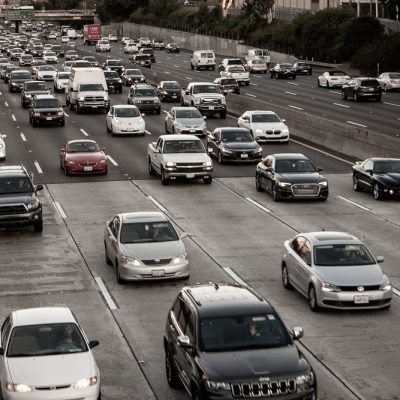
The Cost of Accidents on I-81: Economic, Human, and Societal


Interstate 81 runs nearly 850 miles from Tennessee to New York, carrying commuters, freight, and travelers through Appalachia’s rolling hills. It is one of the East Coast’s most heavily trafficked truck corridors, serving as a vital economic artery—and one prone to devastating collisions. Over the past decade, I-81 has seen thousands of crashes each year, many resulting in severe injuries and fatalities.
The cost of these accidents extends far beyond the crash scene. From medical bills and property damage to lost productivity and community impact, the consequences ripple across households, businesses, and public systems. Understanding the cost of I-81 accidents helps illuminate not only the price of inattention or unsafe driving but also the human and societal burden carried long after cleanup crews leave the scene.
The Economic Burden: Billions Lost Every Year
The financial impact of highway crashes is staggering. According to the National Highway Traffic Safety Administration (NHTSA), traffic crashes cost the United States $340 billion in 2019, representing about 1.6 percent of the nation’s GDP.
Applying that national framework to I-81—one of the top freight routes in the eastern U.S.—reveals an immense regional footprint. States along the corridor report some of the nation’s highest crash volumes due to a mix of passenger travel and commercial trucking.
The resulting losses fall into three main categories:
- Medical and Emergency Costs: ambulance transport, emergency-room treatment, surgeries, rehabilitation, and long-term trauma care.
- Vehicle and Infrastructure Damage: towing, cleanup, barrier repair, and road resurfacing after major collisions.
- Lost Work and Productivity: extended recovery periods, missed shifts, and delayed or canceled shipments.
In Virginia alone, the Department of Motor Vehicles estimates that motor-vehicle crashes cost the state nearly $5.5 billion annually, including medical expenses and lost productivity. Truck traffic makes up over 30 percent of I-81’s total vehicle volume, compounding these costs.
The Ripple Effect on Commerce and Logistics
Because I-81 functions as a major freight corridor, crashes don’t just harm motorists—they disrupt commerce. Every hour of highway closure costs freight carriers thousands of dollars. The American Transportation Research Institute (ATRI) estimates trucking congestion losses at $108.8 billion in 2022, showing how gridlock on I-81 can cascade through supply chains.
Prolonged closures stall manufacturing, delay deliveries, and force detours that burn more fuel and labor hours. Local governments also absorb costs for police, fire, and hazmat crews—resources diverted from other safety priorities. When fatalities occur, investigative and legal expenses add yet another layer to the bill.
The Human Cost: Injuries and Fatalities
While economic figures are vast, the human toll car crashes I-81 is far greater. Each year, hundreds lose their lives and thousands suffer injuries along the corridor. According to NHTSA’s Traffic Safety Facts 2022, 42,514 people died in U.S. traffic crashes, the highest total in over a decade.
The worst I-81 collisions often involve multiple vehicles or heavy trucks traveling at high speed. Survivors may endure trauma, requiring years of care. Families face both emotional and financial devastation: hospital bills, lost income, funeral costs, and the psychological weight of grief.
Geography also influences outcomes. Rural counties along I-81 experience longer delays to definitive medical care. The U.S. Centers for Disease Control and Prevention (CDC) notes disparities in emergency-medical services by urbanicity—rural EMS typically has longer response times, more volunteer staffing, lower funding, and less advanced equipment. Those factors can determine whether victims survive their injuries.
Societal Burden: The Hidden Costs
Every major crash burdens taxpayers through emergency-response funding, hospital subsidies, and higher insurance rates. Frequent collisions on I-81 raise premiums region-wide and strain public hospitals that must treat uninsured patients. State agencies allocate millions for enforcement, maintenance, and safety education. Environmental cleanup adds ecological and fiscal costs, illustrating how crash cost impact stretches far beyond the immediate scene.
Disparities Between Urban and Rural Sections
Urban stretches see dense traffic and frequent fender-benders, but fatalities are often lower thanks to slower speeds and short EMS arrival times. Rural stretches, by contrast, face fewer crashes but higher fatality rates because of longer response distances, limited lighting, and sparse trauma facilities.
As a result, the human toll car crashes I-81 is often concentrated in remote counties where help can take 20–40 minutes to arrive—a gap the CDC and state transportation departments continue working to close.
How Personal Injury Lawyers Help Victims Recover
After a serious crash, victims and families face mounting bills and uncertain futures. A skilled personal injury lawyer can identify every recoverable damage, including medical expenses, lost wages, rehabilitation, and pain and suffering.
Attorneys experienced in I-81 cases collaborate with medical experts, economists, and crash-reconstruction specialists to calculate both present and future losses. For fatal accidents, wrongful-death claims may include funeral costs and loss of companionship.
Reducing the Burden: Prevention and Policy Solutions
Cutting the human and economic toll on I-81 requires joint action among agencies, carriers, and drivers. States along the corridor are already deploying targeted measures:
- Infrastructure Improvements: installing median barriers, rumble strips, and wider shoulders.
- Technology Integration: expanding real-time traffic and weather alerts to warn motorists of hazards.
- Enhanced Enforcement: focusing patrols on speeding, impairment, and distracted driving.
- Public Education: campaigns promoting seat-belt use, safe following distances, and awareness of truck blind spots.
Investing in rural EMS capacity—staffing, training, and air-medical coordination—directly addresses disparities highlighted by the CDC and helps shorten the critical time between crash and care. Sustained funding ensures these safety gains keep pace with rising freight demand.
Contact a Personal Injury Lawyer After an I-81 Crash
The true cost of I-81 accidents goes far beyond financial losses—it’s measured in lives disrupted and communities changed forever. From mounting medical bills to the emotional toll of recovery, victims deserve both justice and relief.
If you or a loved one has been injured in a collision on I-81, we can connect you with an experienced I-81 personal injury lawyer to explore your legal options. A qualified attorney can guide you through claims, negotiate with insurers, and pursue full compensation for your injuries and losses.
